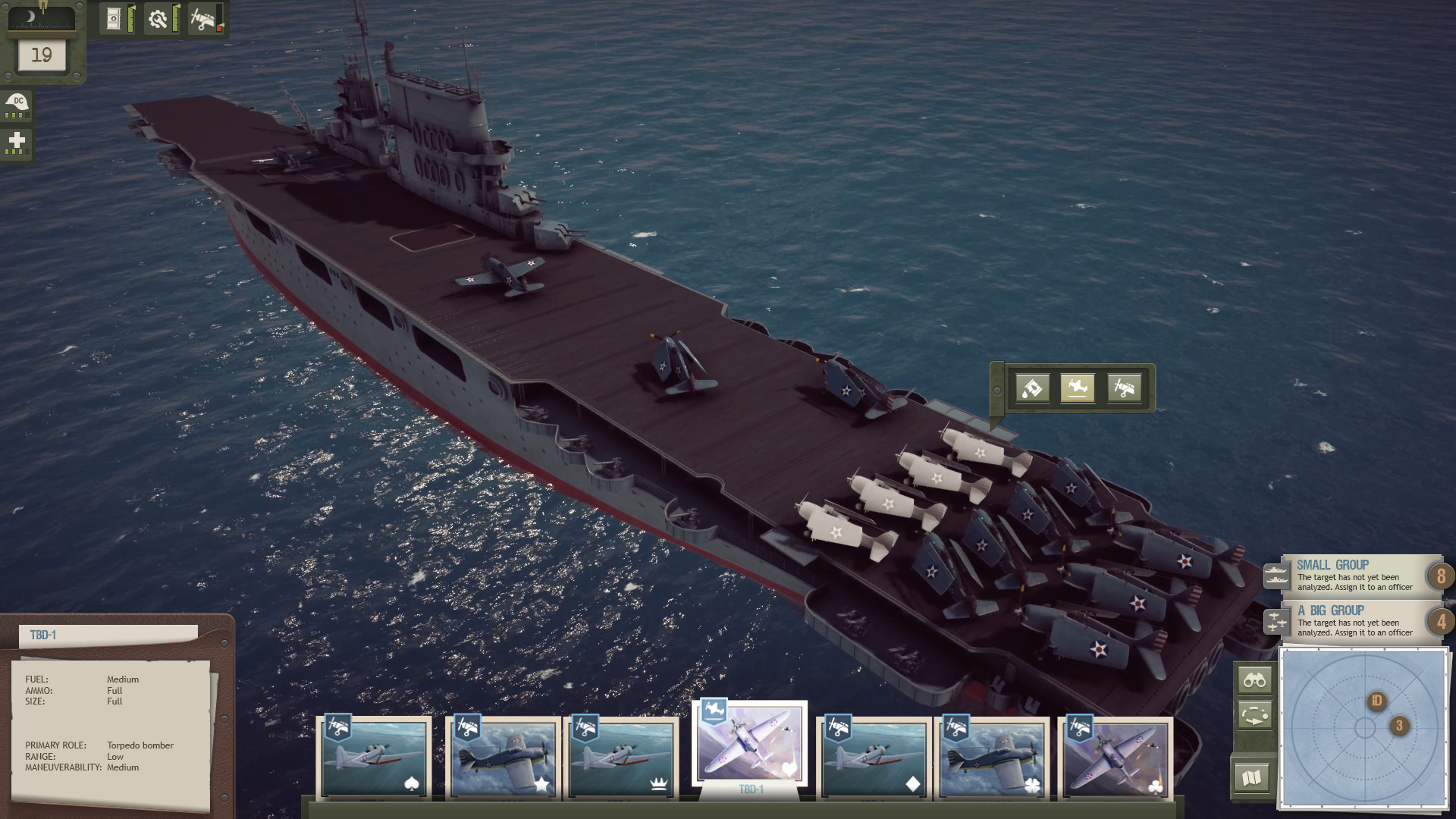
- #Steam charts carrier command 2 full#
- #Steam charts carrier command 2 code#
- #Steam charts carrier command 2 plus#
- #Steam charts carrier command 2 free#
The original radar design arrangement on the Enterprise was eventually removed and replaced by more conventional rotating radars.ĭuring its many decades of service, the USS Enterprise went through a number of modernization programmes. Its most distinctive external feature was the box-like design of the upper portion of its island, which had large flat-panel phased-array antennas mounted instead of the more conventional rotating radar antennas. Like the previous Kitty Hawk class, the USS Enterprise had four steam-powered catapults and four deck-edge elevators. The Enterprise typically carried 100 planes. The general shape and dimensions of the ship were based on the design of the Kitty Hawk-class carriers.
#Steam charts carrier command 2 full#
If a show of force is required, Enterprise can be on distant station in a shorter period of time than any other ship in the fleet.Īt the time it was built, the USS Enterprise was the largest ship ever constructed with a length of 1,123 feet and a full load displacement of 89,600 tons. Her ability to launch a strike on the enemy from one position, recover, and launch another 24 hours later from an unpredictable position more than 800 miles away from her previous strike position will constantly be a factor in causing the enemy to utilize protective forces that could be deployed elsewhere. This provides excellent maneuverability at all speeds as well as tactical diameters in turns which compares with much smaller ships … There are four rudders, one almost directly astern of each propeller. In early 1962 he described some of the abilities of his new ship: The first commander of the USS Enterprise was Captain (later Vice Admiral) Vincent de Poix. It was originally envisioned that the USS Enterprise would be the lead in a class of six ships.

#Steam charts carrier command 2 code#
This first nuclear-powered carrier for the US navy was commissioned in November 1961 as the USS Enterprise (CVAN-65), with the letter ‘N’ within the letter suffix designation code representing the fact that it was nuclear-powered. Franke announced that it would be assigned the proud name Enterprise to perpetuate the famous Second World War Yorktown-class carrier USS Enterprise (CV-6) and its five naval predecessors. On 4 February 1958, at the same time the keel of the new ship was being laid down, Secretary of the Navy William B. In 1956 Congress authorized the construction of the first nuclear-powered carrier. The First Nuclear-Powered US Navy Carrier Enterprise and her battle group were on a 2001 scheduled deployment in the Mediterranean Sea.

Navy aircraft carrier USS Enterprise (CVN-65), the world’s first nuclear-powered aircraft carrier, steams alongside the French aircraft carrier Charles De Gaulle (R 91).
#Steam charts carrier command 2 free#
Since nuclear reactors do not produce the exhaust gases of ships powered by fuel oil-fired boilers, nuclear-powered ships do not require stacks, which does free up a certain amount of room on a carrier’s island. The level of training required among the engineering crew of nuclear-powered carriers is much higher than that of their conventionally-powered counterparts.
#Steam charts carrier command 2 plus#
However, like conventionally-powered carriers, nuclear-powered carriers must still be replenished constantly with aviation fuel and ordnance for their aircraft plus food and other supplies for their crews.Īs nuclear reactors produce a great deal of radiation, the areas of a ship in which they are located must be heavily shielded to protect the engineering crew. Unlike conventionally-powered carriers that must refuel every few thousand miles, nuclear-powered carriers have the ability to steam at high speed for up to a million miles. It also provides the steam required by the ship’s catapults. This high-pressure steam is then employed to power a ship’s main propulsion turbine engines, which are mechanical, turbine generators, and auxiliary machinery. With nuclear-powered carriers, onboard reactors heat pressurized water and turn it into high-pressure steam. The Atomic Energy Commission and the Department of Defense (DOD) jointly announced in 1954 plans ‘for the development of nuclear propulsion for large naval vessels’. Kimball said that he hoped the next carrier would be nuclear-powered. The idea for a nuclear-powered carrier had been under consideration by the US navy since early 1949. Kennedy (CV-67), ITS Luigi Durand de la Penne (D560) and HNLMS Van Amstel (F 831).

Stennis (CVN-74), Charles de Gaulle (R91), Surcouf (F 711) USS Port Royal (CG-73), HMS Ocean (L12), USS John F. In four descending columns, from left to right: ITS Maestrale (F 570), De Grasse (D 612) USS John C. Naval vessels from five nations sail in parade formation for a rare photographic opportunity at sea.


 0 kommentar(er)
0 kommentar(er)
